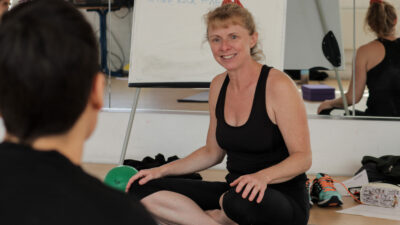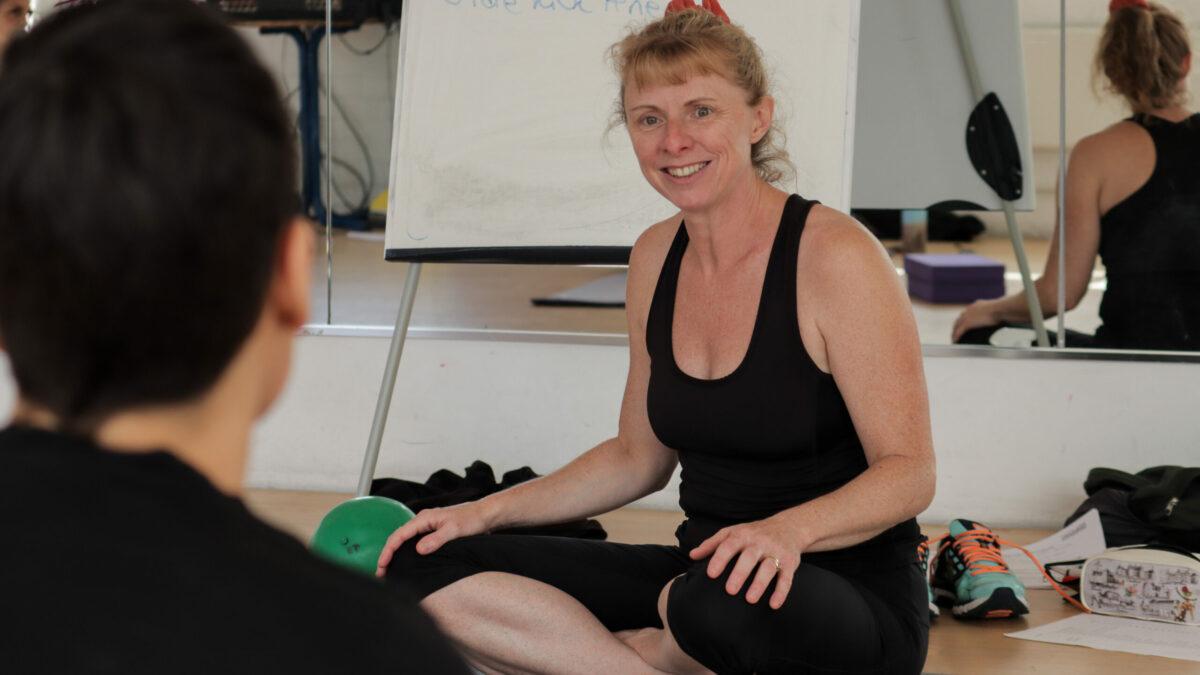



In the last year, the conversation about women’s health has moved from the fringes of public consciousness into the mainstream. With primetime television shows and celebrity-fronted campaigns, speaking openly about conditions that affect the wellbeing of women is becoming more normalised than ever before.
Women’s health is defined as the ‘branch of medicine that focuses on the treatment and diagnosis of diseases and conditions that affect a woman’s physical and emotional well-being’. Previously it may have been limited purely to reproductive health but the recent wave of awareness sees it in a more holistic way; matching the World Health Organization (WHO) definition of health as ‘a state of complete physical, mental and social well-being and not merely the absence of disease or infirmity’.
So far, research has concentrated mainly on the menopause and the physical and mental changes that this brings – highlighting the importance of physical activity in minimising symptoms. One study, published in the journal, Menopause, showed that women who lead sedentary lifestyles were 28% more likely to report having severe menopause symptoms than those who exercised more frequently. However, the benefits of physical activity are also valuable in the years before menopause, known as perimenopause, which can start ten years before the menopause, and can last anywhere between two and twelve years, with the average being four years.

In terms of public health, why is it so important to specialise in this area?
The impacts of women’s health issues are not limited to the individual, collectively they affect society at large.
Women aged 50-54 (the ‘peak’ age of menopause) have the second highest suicide rate in the UK and 53% of women going through menopause will experience low mood or depression. Almost a quarter of women aged 50-64 find their menopause symptoms so debilitating that they have to adjust their working pattern or leave employment completely. On a personal level, derailing a career that has potentially been decades in the making has an enormous toll on a woman, but it also impacts the economy. According to the menopause support app, Balance, women leaving the workforce and the cost of rehiring and retraining new staff costs the economy over £10 billion.
There are numerous benefits to improving women’s fitness such as improving heart health, increasing bone density, and reducing the risk of chronic diseases such as type 2 diabetes and certain types of cancer. Hormonal imbalances during perimenopause and menopause can lead to a loss of muscle mass (affecting metabolism and strength) and weight gain, again increasing the risk of negative health outcomes. For example, menopausal weight gain increases oestrogen production which can increase the risk of breast cancer developing. Whilst fitness should ideally be viewed through the lens of improving health, regular exercise may enable women to feel more confident in their changing bodies.
Improving fitness is also a vital tool for mental wellbeing. Taking part in regular physical activity lowers the risk of depression by over 30%. It also relieves stress and anxiety symptoms, improves sleep quality, and slows cognitive decline.
As changing hormone levels cause symptoms including brain fog, mood swings, night sweats and hot flushes, research shows that exercise will boost mood, increase energy levels, and enhance sleep quality but different forms of exercise minimise the impact of menopausal changes in different ways. Alongside aiming to meet the recommended guidelines (150 minutes of moderate intensity exercise per week) it is important to vary the type of exercise undertaken. Cardiovascular exercise, such as spin classes or HIIT workouts improve cardiac efficiency, lowering the risk of heart disease and high blood pressure. Strength training using weights or resistance machines can combat the effects of lowered oestrogen levels and the subsequent risk of osteoporosis. Forms of exercise like Yoga or Pilates can improve balance, affected by reduced muscle mass.
However, women face multiple barriers to participating in exercise and studies show that these are different to the barriers faced by men. Normative gender-led responsibilities such as childcare and housework reduce their free time. Combined with cultural and religious restrictions, pregnancy and a lack of confidence, the menopause adds another obstacle that can make the challenge feel insurmountable.

Why should your organisation focus on Women’s Health?
With 1 in 100 women experiencing symptoms of perimenopause before the age of forty, this means that in the UK alone over 3.4 million people will be experiencing hormonal changes and the symptoms this brings in their thirties.
These women are increasingly aware of the importance of physical activity in relieving menopause symptoms and reducing health risks; a search for menopause exercise yields over 67 million results, and yet their needs are not being addressed.
Studies show that amongst menopausal women, 84% of women who don’t meet physical activity guidelines would like to be more active and tailoring activity to meet this need can expand your market share and broaden your client base.
Since 2019, women over forty started to earn more money than their under forty counterparts for the first time ever and they outspend millennials by 250%. Women in this demographic are behind almost 90% of their household spending decisions. A third of this cohort have not had children, meaning they have greater reserves of both disposable time and income.
To access this burgeoning market, it is essential to meet the needs driven by perimenopause and menopause. Women are looking for exercise ‘security’ and specialist knowledge to counter the physical changes they’re experiencing.
With 1 in 4 women experiencing ‘gymtimidation’, the provision of an extensive women-only timetable can enable women to feel confident in joining a gym setting and encourage exercise participation. Organisations such as Active Luton offer women-only gym, swim and group fitness classes across their centres, led by female instructors to improve health and wellbeing across a variety of fitness programmes. To maximise the benefits of physical activity it’s essential that the classes offered cover a mixture of disciplines, from cardiovascular workouts to strength and balance training.
As the importance of exercise in improving women’s health becomes more widely known, it is essential for the health and physical activity sector to recognise and prioritize women’s health and enable them to not only tap into a lucrative market but to work towards improving the health of a large sector of society.
We offer a Women’s Health Course as part of our development Courses, aimed at upskilling the workforce in understanding and supporting women experiencing the menopause. This course provides in-depth learning about the menstrual cycle and menopause.
Delivered and assessed online, participants will gain essential knowledge and skills in supporting clients through menopause, with particular focus on:
• The underlying hormonal mechanisms
• Specific exercise techniques
• Nutritional recommendations
• Coaching the female client